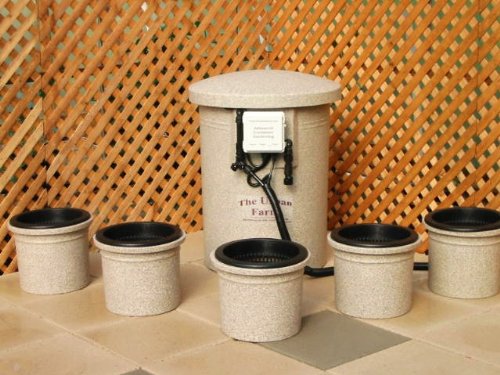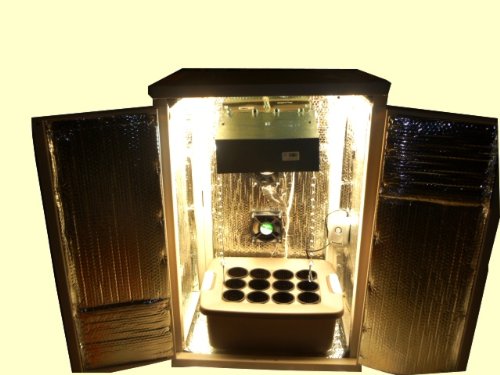If you love your home grown fresh tomatoes, you must hate it when it is off season and you need to go to the store. After all, there is a season for tomatoes, and once it is over, you need to rely on your own canned tomatoes or buy some from your local grocery store. However, there is a way that can help you enjoy fresh fruits throughout the year. You can grow hydroponic tomatoes and having fresh fruits is not the only thing you get from this system - you can grow them in your limited space apartment too.
Yes, that is the wonder of growing tomatoes hydroponically. You do not need a big garden or a big container to plant your seedlings, besides you get plants that are free from all pests, diseases, and infections. And, of course, if the plants are healthy and the environment is controlled, the harvest has to be great.
Are you concerned about the taste? Well, do not be because hydroponic tomatoes are often superior in flavor to the ones grown in soil. What about nutrition? You will be pleased to know that these fruits are actually more nutritious than the soil-grown ones.
If you are wondering how that is possible, here are a few facts. Light and temperature is what determines the lovely flavor of tomatoes and nutrition provided to the plant is what determines how nutritious the fruits are. In a hydroponics system, the plants are grown in a controlled environment, so you have control over how much artificial light, temperature, and supplemental nutrition is given to the plants. So, it is completely in your hands to get a harvest all throughout the year with all its sweetness and nutrition.
If you start them right from the seed, you get the best plants from this system. You can use one inch rock wool starter cubes in a standard nursery tray. The cubes should be pre-soaked in water before planting the seeds. Keep the tray covered in a moist, warm environment and move it into a light source as soon as the seedlings sprout.
Transplant the seedlings into their hydroponic garden once true leaves and roots become visible. This should take somewhere around 10-14 days.
You need just a small space to install your hydroponics system, so this is big relief for people who do not have a backyard for a garden or to place their large containers. However, once you do place your plants in this system, you need to make sure the right environment is provided to the plants.
First thing to make sure is that artificial metal halide lights are installed to give them sufficient lighting for about 16-18 hours each day.
Then make sure to maintain the pH level at about 5.8-6.3 so that toxicity and nutritional deficiencies can be avoided.
The third important factor is temperature and you should make sure that it is maintained at around 64-77 °F (18-25 °C) at day time and at 54-64 °F (12-18 °C) at night time.
Plant nutrition is another factor that should be carefully considered, so make sure to use especially formulated nutrient solution for a hydroponic system.
Growing tomatoes hydroponically provides you with fresh fruits despite the limited space and regardless of the season outside. All you need is a little bit of patience and practice. Are you ready to try some of the most delicious tomatoes ever?











